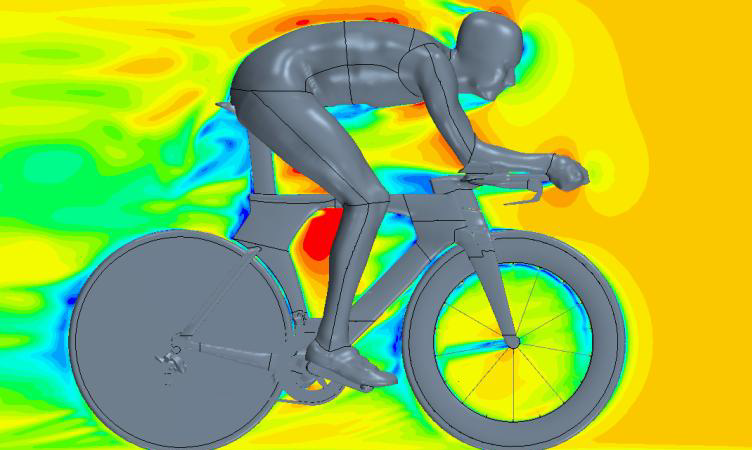HISTORY OF CFD:
(Excerpt from "Computational fluid dynamics" by Blazek.)
(Excerpt from "Computational fluid dynamics" by Blazek.)
- The history of Computational Fluid Dynamics, or CFD for short, started in the early 1970’s. Around that time, it became an acronym for a combination of physics, numerical mathematics, and, to some extent, computer sciences employed to simulate fluid flows.
- The beginning of CFD was triggered by the availability of increasingly more powerful mainframes and the advances in CFD are still tightly coupled to the evolution of computer technology.
- Among the first applications of the CFD methods was the simulation of transonic flows based on the solution of the non-linear potential equation.
- With the beginning of the 1980’s, the solution of first two-dimensional (2-D) and later also three dimensional (3-D) Euler equations became feasible. Thanks to the rapidly increasing speed of supercomputers and due to the development of a variety of numerical acceleration techniques like multigrid, it was possible to compute inviscid flows past complete aircraft configurations or inside of turbomachines.
- With the mid 1980’s, the focus started to shift to the significantly more demanding simulation of viscous flows governed by the Navier-Stokes equations.
- Together with this, a variety of turbulence models evolved with different degree of numerical complexity and accuracy. The leading edge in turbulence modelling is represented by the Direct Numerical Simulation (DNS) and the Large Eddy Simulation (LES). However, both approaches are still far away from being usable in engineering applications.
- With the advances of the numerical methodologies, particularly of the implicit schemes, the solution of flow problems which require real gas modelling became also feasible by the end of 1980’s. Among the first large scale application, 3-D hypersonic flow past re-entry vehicles, like the European HERMES shuttle, was computed using equilibrium and later non-equilibrium chemistry models.
- Nowadays, CFD methodologies are routinely employed in the fields of aircraft, turbomachinery, car, and ship design. Furthermore, CFD is also applied in meteorology, oceanography, astrophysics, in oil recovery, and also in architecture.
- Due to the advances in numerical solution methods and computer technology, geometrically complex cases, like those which are often encountered in turbomachinery, can be treated. Also, large scale simulations of viscous flows can be accomplished within only a few hours on today’s supercomputers, even for grids consisting of dozens of millions of grid cells.
- Hence, CFD is becoming an increasingly important design tool in engineering and also a substantial research tool in certain physical sciences.






